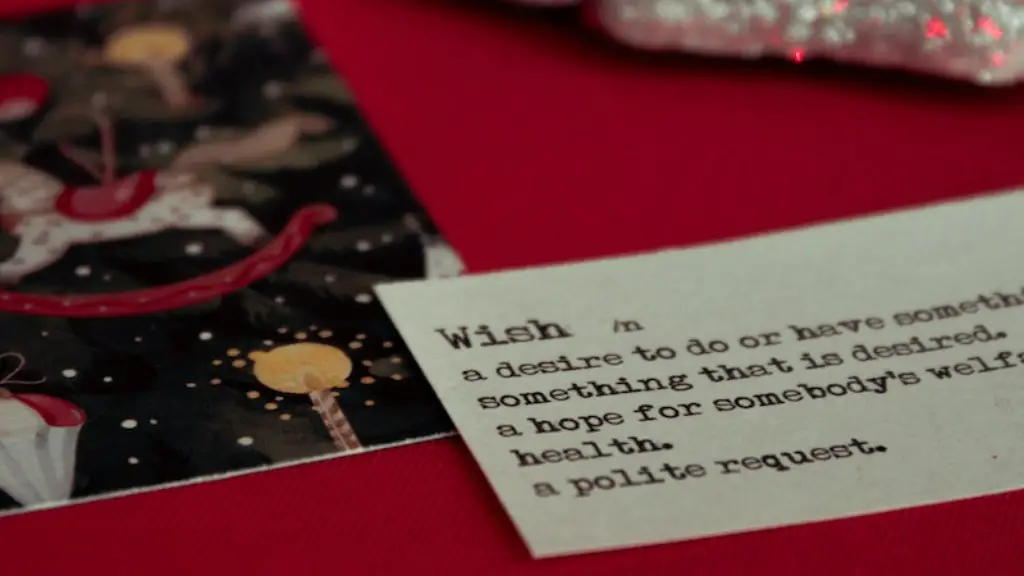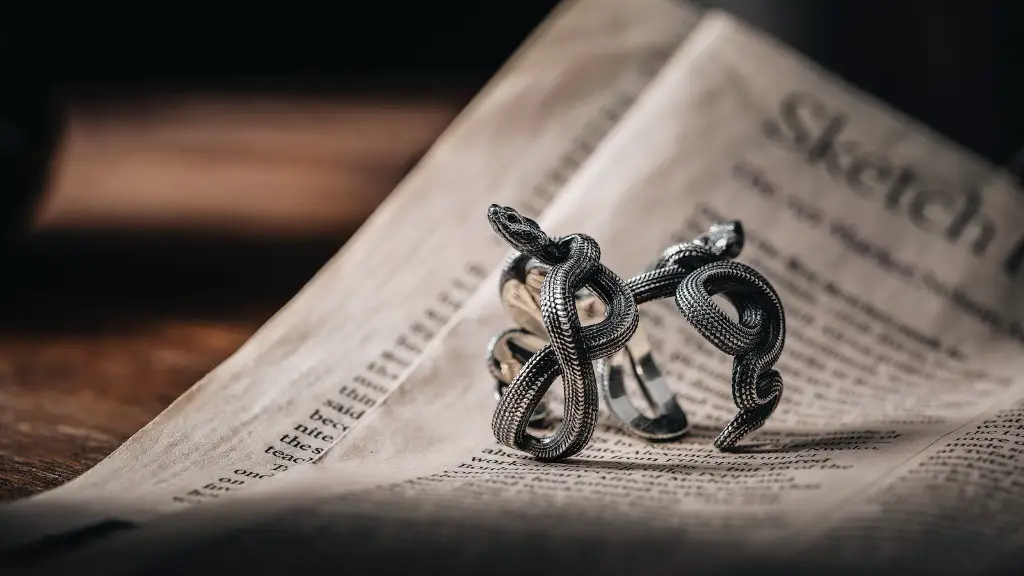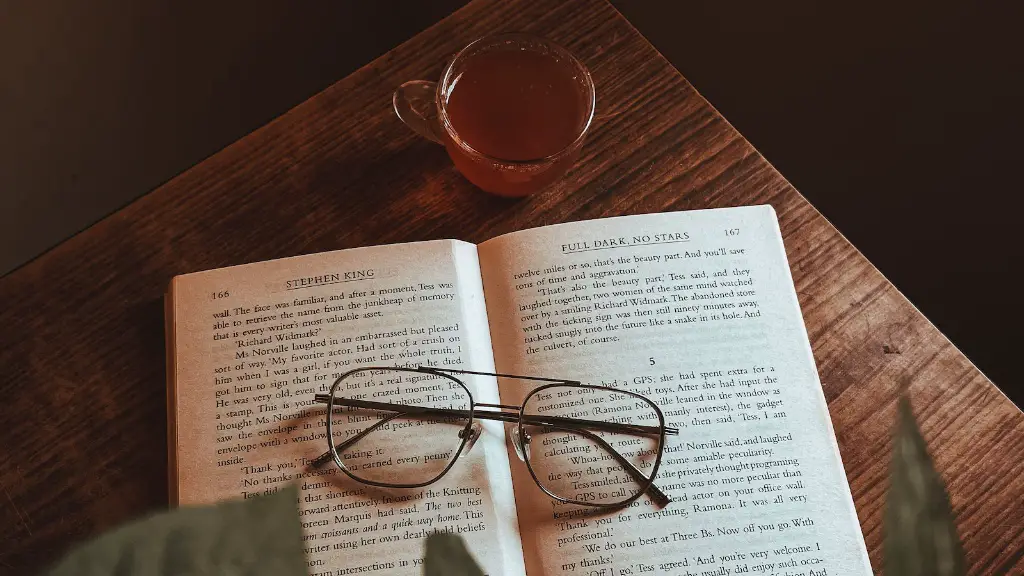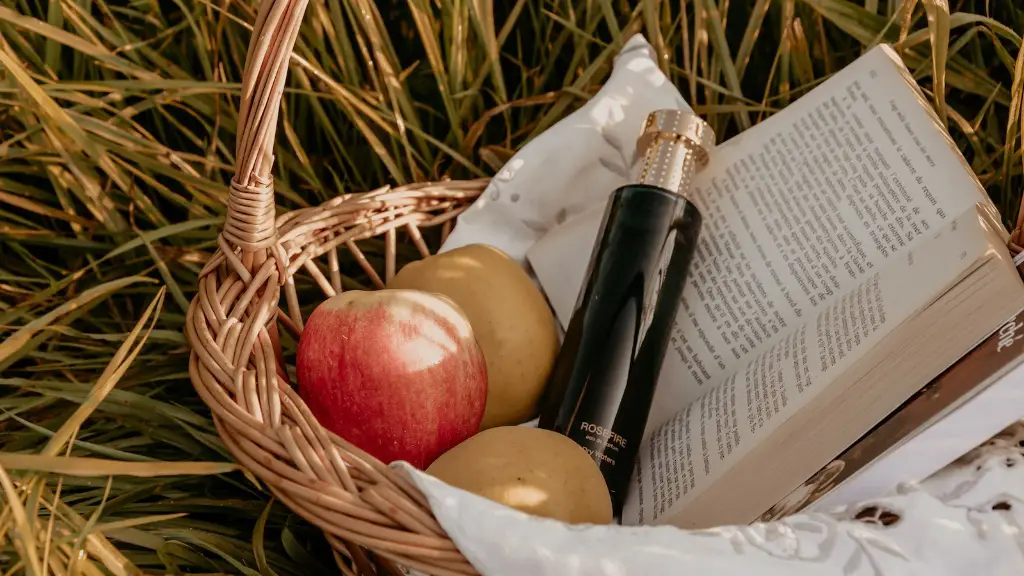What does rhyme mean in poetry? Well, put simply, rhyme is when two different words share the same sound, usually at the end of a line. It is a form of repetition, and this gives the poem a musical quality. According to the artist Eshkol Nevo, “rhyme is an auditory art form. It causes pleasure to our ears and opens the door to poetic expression.” Rhyming in poetry is a widely accepted practice, although there is debate around its ease of use and effectiveness.
Rhyme was commonly used in ancient poetry, and today most people are familiar with rhymes from their childhood. For example, in a nursery rhyme, the end of each line has the same sound. Rhyme has a purpose in that it brings a sense of closure to the poem, allowing the reader to ‘feel’ a completion of the phrase or sentence. In modern day poetry, rhyme is often seen as an essential element of beauty and structure in the poem or artwork.
Rhyme also serves a larger purpose in the poetry crafted by Shakespeare. Shakespeare had a fondness for creating his own unique rhymes and would often create complex rhyme schemes. His rhymes may not have been entirely consistent with the English language, but the poetic devices he employed enabled him to create a powerful and engaging effect on his readers. It was believed by many that Shakespeare’s rhyme presented a more forceful and vivid impression of the subject matter being discussed.
But not all poets rely on rhyme as a way to convey their message. There are certain styles and forms of poetry which do not contain rhyme at all, such as free verse poetry. In the most basic form, free verse poetry is poetry without structure or meter, where instead of rhyme, the idea is to focus on the meaning of the words and the emotion they evoke. Those who use free verse often seek to add depth and complexity to their writing by using descriptive language instead of rhyme.
The use of rhyme also enables poets to achieve greater emphasis on certain elements by repeating words and sounds, which can evoke emotion and convey a specific mood to the reader. This repetition can create a kind of harmony and familiarity in the poem, allowing the writer to easily structure it and guide the reader through the work. Rhyming can also be used to create a sense of humor or irony in the writing, and illustrate a point in a lighthearted way.
Ultimately, rhyming in poetry is a matter of personal choice, and all styles and forms of poetry have their own merits and drawbacks. Rhyme can be used as a beneficial tool to help create a strong and powerful poem, but it can also be used too heavily and detract from the substance of the poem. As with all aspects of poetry, the use of rhyme should be considered carefully, and used in a way that adds to the poem and encourages the reader to dive further into the story.
Rhyme and Meaning
Rhyme can impact the meaning of a poem in several ways. By using poetry to create a formal structure, it can help make the poem more concise, providing a framework within which meaning can be better expressed. This can enable the reader to more easily identify the main points or meaning of the poem. As the poet uses words to share their ideas and thoughts, rhyming can also help to reinforce the deeper meaning of their words, making them more memorable and powerful.
Rhyme is also used to add beauty and artistry to the poem, making it more pleasing to the ear. The poet may choose to use words and phrases that rhyme to further emphasize the feeling or mood of the poem. In doing so, they create more of an impact on the reader, deepening the essence of their work and creating a more powerful effect overall.
Rhyme has been used throughout history in various forms, from classical works to modern pop music. While some poets choose to use rhyme sparingly, it does have the potential to add texture and life to a poem. Considering the range of possibilities that rhyme provides in terms of form and meaning, it is an essential element of the craft of writing poetry.
Rhyme and Musicality
The ability to combine words and sounds in a way that evokes music and emotion is one of the most attractive aspects of rhyme in poetry. Rhyme is one of the few literary devices in which the words themselves create a sense of rhythm and music, allowing the reader to be moved and entranced by the words of the poem. This, in turn, can draw the reader into the story and be more effective in conveying the poet’s message and feelings.
Rhyme in poems also helps to create a uniformity of sound throughout the poem, as the speaker subtly reinforces their words and thoughts within the rhythm and flow of the language. Those familiar with poetry can also identify when certain poets use recurring rhyme patterns, providing a sense of comfort and recognition in their work. In any form of poetry, rhyme can be used to bring a greater appreciation to the work, as the poet creates a journey through sound.
Rhythm and sound are essential to most forms of music and poetry, and rhyme helps to bring this idea to life when composing a poem or song. The use of rhyme can evoke strong emotions and invoke imagery in the imagination of the reader, further adding to the power of the poem.
Rhyme and Versification
In addition to its emotive and aesthetic qualities, rhyme also plays an important role in terms of versification. This means that the poet must consider not only the meaning of each word, but also the way in which it relates to the other words in terms of sound. By playing with rhyme and manipulating the words, the poet can ensure that the poem has a certain flow, providing a more professional feel.
Rhyme and versification also allows the poet to subtly control the tempo and structure of the poem, further adding structure and clarity to their work. Rhyme can be used in combination with other poetic devices, such as meter, to create a unique and beautiful composition. This combination can lead to a wide range of interpretations and understandings, allowing the reader to engage with the poem in an enriching and productive way.
Versification can often influence the meaning of a poem, and this is where the power of rhyme comes in. By focusing on the sounds of the words instead of the meaning, the poet has more control over the final product, and can create a deeper and more powerful impact on the reader.
Rhyme and Poetic Tradition
Rhyme has become part of the poetic tradition over the years, being used by poets throughout history to create a lasting effect on their readers. It has a certain sort of beauty that other forms of poetry don’t have, and it’s this quality which makes it so attractive. Just as Shakespeare used his rhymes to add emotion and force to his work, so too can modern day poets use rhyme to capture the essence of their words and stories.
The use of rhyme has been embraced by poets of all ages, from the classics to the modern day. Despite the changing times, the use of rhyme remains an important part of the craft and craftsmanship that goes into creating a good quality poem.Rhymes are a powerful tool in the hands of the poet, and they remain an essential part of poetic composition and craft.
Rhyme can also be used to enhance and emphasize the unique qualities of a poem, adding an extra dimension to the work. Whether it be used to provide structure, enhance emotion, or simply create a pleasant and memorable chorus, rhyme serves an important role in poetry and should not be overlooked.
Rhyme and Relevance
In an ever-changing world, rhyme still has a great deal of relevance in poetic forms. Its classic nature has ensured that it has not gone out of fashion, but instead remains a constant fixture in the world of poetry. Rhyme also helps poets to make their message more clear and impactful, allowing their words to stand out more prominently and communicate their thoughts and feelings more effectively.
In many ways, rhyme has become part of our popular culture. The use of nursery rhymes and popular songs in our everyday lives is evidence of this, and the importance of rhyme in these works is clear. Rhyme has been used by some of the greatest poets in history, and it continues to be an integral part of the art of writing poetry.
Today, poetry is often seen as a means to express emotion and thought, and rhyme gives the poet the freedom to do this in a musical and poetic way. Whether it be used to add a humorous edge to a poem, emphasize the feelings of a particular moment, or create a sense of closure in a work, rhyme remains an essential tool for poets of all kinds.
The Potential of Rhyme
Ultimately, rhyme is a powerful tool for poets of all styles, and it is easy to see why it has become such an important part of the craft. By providing a sense of structure, emotion, and familiarity, the use of rhyme has the potential to create a lasting impression on the reader. Even if some poets choose to use free verse in their work, rhyme still has an essential role to play in modern poetry, and it continues to be an inspirational and influential tool in the hands of poets.
By adding a musical quality to their work, poets have the opportunity to capture the essence of their ideas and thoughts more effectively and accurately, enabling their words to bring pleasure, emotion, and comfort to the minds of their readers. Rhyme is an integral tool in the hands of any poet, and it is an essential component to the craft of writing poetry.





